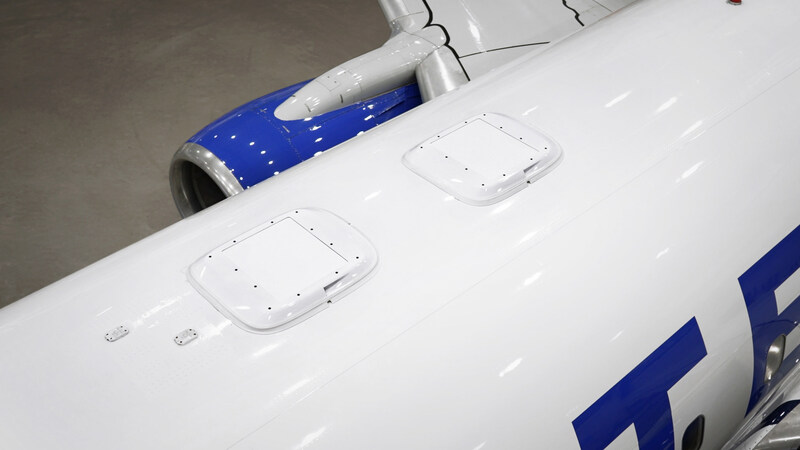
United Airlines is ecstatic about its new Starlink inflight internet service. The company raves about it wherever and whenever possible.
This ranges from running a live interview from the first mainline aircraft to be fitted with the new system (though not the first from a plane, nor even the first via Starlink) to recent comments at industry events, highlighting the performance to date and the expected future value of the system. Chief Operations Office Toby Enqvist joined that commentary party during United’s recent earnings call, noting that the inaugural mainline passenger flight with the kit saw “145 paying customers, 170 devices connected on the inaugural and 145 gigabytes used on the flight, which is about 1,000x more than a normal flight.”
That total bandwidth number is particularly surprising.
The trip is just under four hours gate-to-gate, which extrapolates to 780 680 device-hours online for the trip. Delivering just under over 200MB/device-hour is a little on the high side, especially for that high a take rate. But it is arguably within the margins, especially for a flight actively pushing the new IFC service on board.
Much harder to comprehend is Enqvist’s claim that a normal United flight uses 1/1000th of that, or only 145 megabytes total. So much so that I reached out to United to confirm that he really meant to say that. The company assures me “those numbers that Toby shared are accurate.”
A couple of the company’s IFC providers expressed similar surprise at the numbers. Neither would comment specifically on performance with United; an understandable position. But they were willing to talk high-level numbers.
One shared that 150-200 megabytes per device-hour is typical, in line with what other airlines report, and what United saw with the Starlink service. Another noted that “per user consumption tends to go down in a free model” but even then the boost in engagement – often 5x to 10x – means total data demand increases, “Easily more than double (in a free model).” Needless to say, double and 1000x are wildly different numbers.
Finding that Normal
Maybe the “normal” here includes all United’s regional jet flights, where the service, until earlier this year, offered much lower bandwidth levels or no connection at all. United operates about 5,000 daily flights, of which 600 are on planes with no connectivity (CR2/ERJ). Another 1,400 operate on regional jets with connectivity. Even granting that zero data is consumed on any of the regional jets (again, before United put Starlink on half the 70-seaters and counting), that would mean an average of just 250 MB consumed on each of the 3,000 daily mainline trips.
Of course, the mainline flights have more passengers on board and fly longer routes. The carrier operates roughly 9 billion 2.5 million daily seat-hours of mainline service, 640,000 seats flying nearly four hours on average. A 3% take rate – well below industry norms, even for paid service – would mean about 20,000 users each day on mainline flights. Getting to 145MB/mainline flight would mean those users only consume 21MB each, around 3% of what suppliers say is typical.
Maybe a bunch of planes are offline, and the zero is included in Enqvist’s normal. Maybe there are other considerations for how United is delivering performance well below its peers in the market.
It is hard to fathom how United is getting there, but the company stands by the numbers. Even if they’re surprising to its suppliers.
A favor to ask while you're here...
Did you enjoy the content? Or learn something useful? Or generally just think this is the type of story you'd like to see more of? Consider supporting the site through a donation (any amount helps). It helps keep me independent and avoiding the credit card schlock.

Leave a Reply